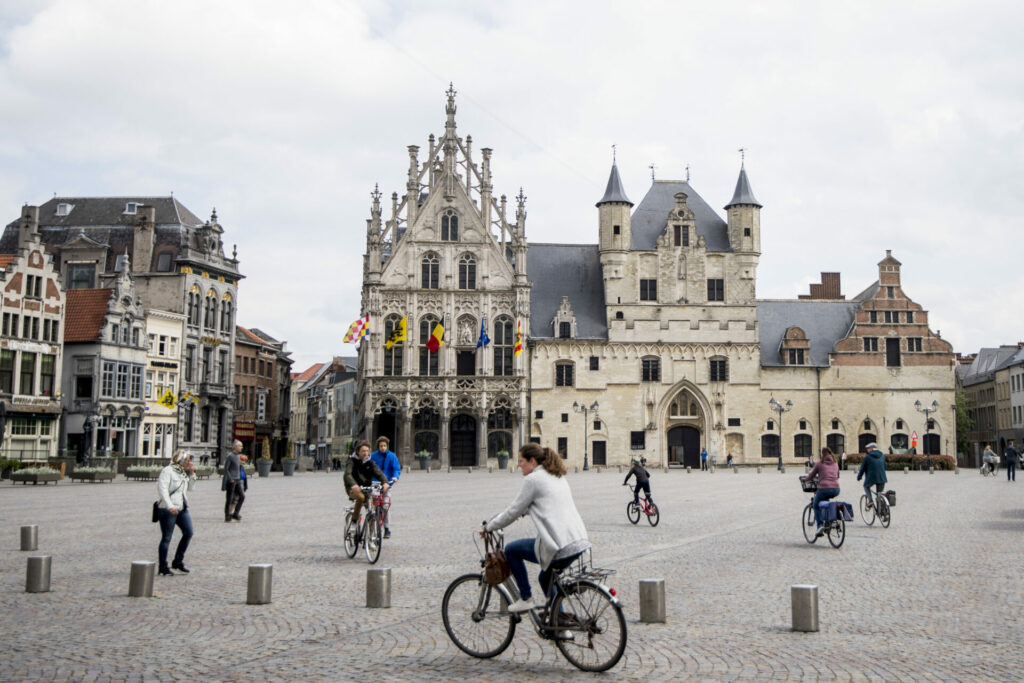Greenpeace is sponsoring the 'Green Feet' project, an initiative set up to fill the squares around St. Rumbold's Cathedral in Mechelen with fruits and herbs. Various associations want to replace the cobblestones and hedges around the cathedral with grapes, raspberries and apples, among other things.
The project will benefit from 25,000 euros of support from Greenpeace, money which comes from penalty payments paid by the Flemish government for failing to respect European rules on air pollution.
Mechelen itself is already making 150,000 euros available for the project which will roll out in a number of phases to eventually increase the green areas beyond the cathedral, VRT News reports. Green Feet was launched by Flemish nature organisation Natuurpunt in collaboration with eco-association Velt, citizens' movement Klimaan, community garden organization Citamine and the vegan restaurant Funky Jungle.
"We want everyone to enjoy the project," initiator Nils Iwens of Natuurpunt told VRT News. "That is why we would like to plant herbs and fruit such as raspberries, blackberries or grapes near the catering terraces. This way the catering establishments can cook with them. Or people sitting on the terrace can just pick an apple."
A greener city center
For Mechelen’s authorities, 'Green Feet' fits into a larger plan for the greening of the square around the cathedral. "Above all, we want to open up a larger area to the public,” a spokesperson for the city told VRT. “The hedges that are there now are not inviting and the nature in the area is not biodiverse enough. There needs to be more space for greenery and for the hospitality industry. At the same time, we want to preserve the trees that are already there as much as possible."
The first phase of the project should be completed this year. Then a second area, next to the city’s main post office, will be tackled. "There is a clear concept plan on the table,” the spokesperson added. “Now that there are additional subsidies from Greenpeace, we will look together at how we can best use them."
The city council is also investigating how it can better collect and use the rainwater that ends up on the roofs of the cathedral. "There is already an underground system to collect the water,” the spokesperson continued. “We want to see how we can also use that water for the new plants. On the left side of the cathedral, we also want to investigate whether we can work with large rainwater wells to collect all the extra rainwater that comes from the cathedral."
Nils Iwens thinks it is especially important that the neighbourhood around the St. Rumbold's Cathedral becomes greener and more accessible. "About 25% of all our plant and animal species are threatened with extinction,” he said. “That is huge, so we must take every advantage to take care of our nature, especially in the city centre.”

